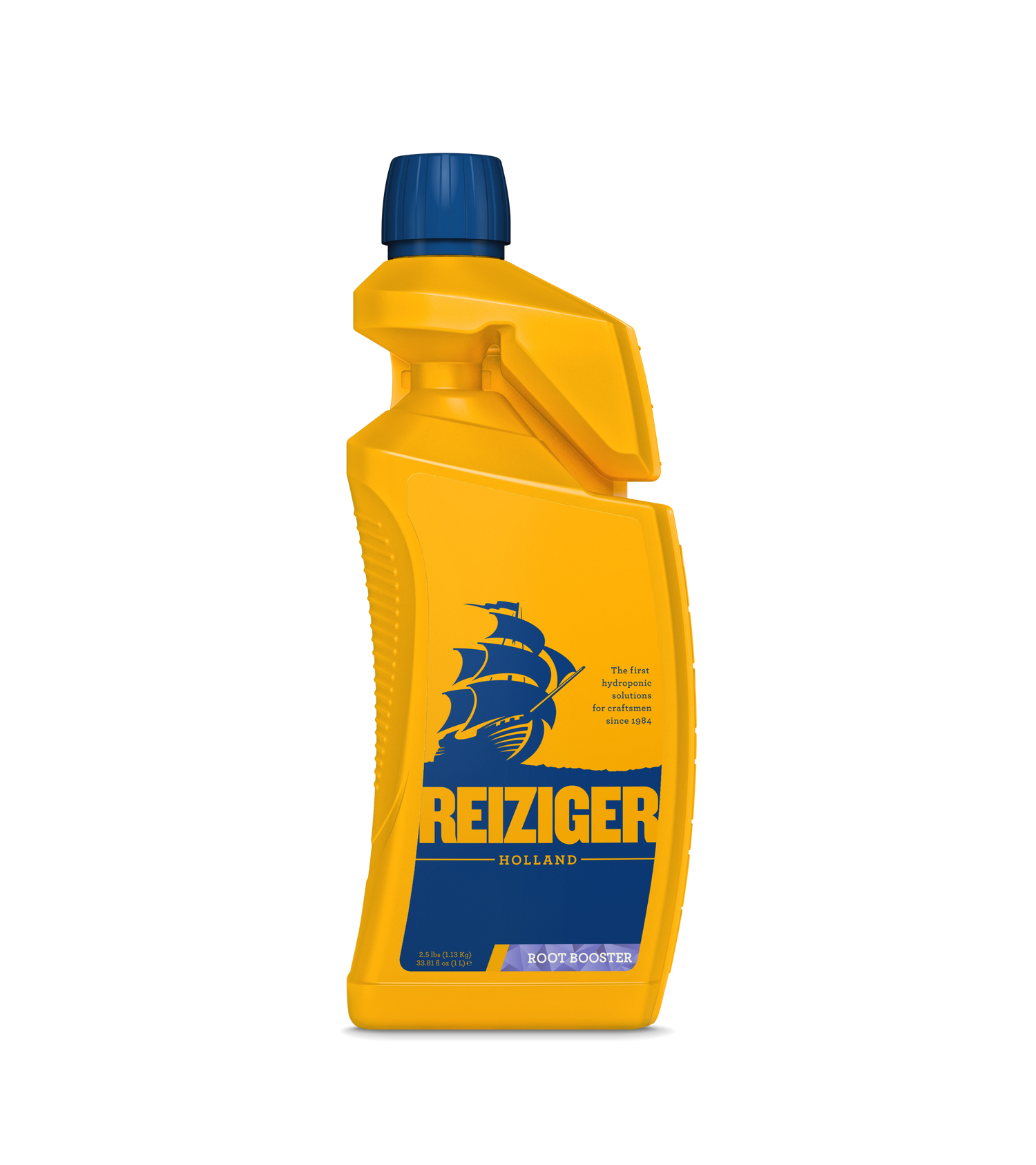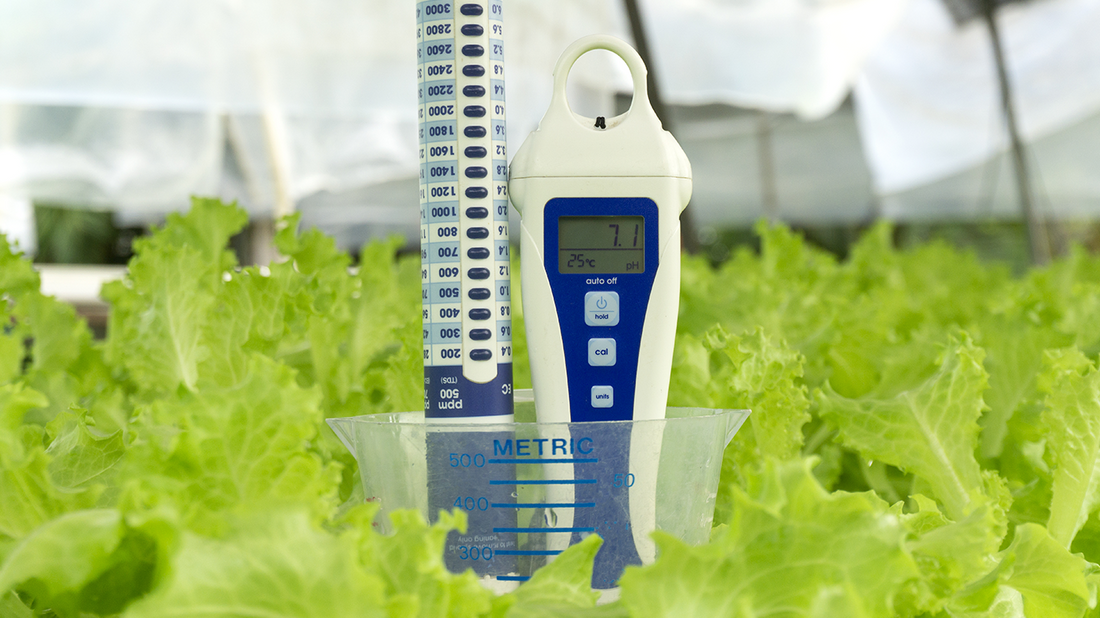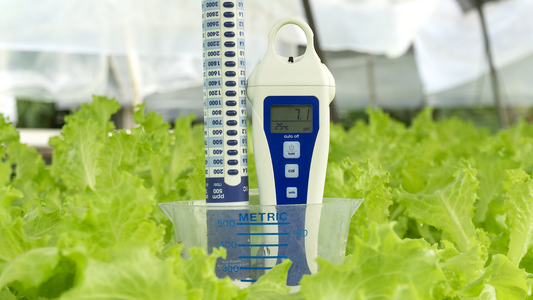Hydroponic craftsmen always possess the right tools. These include pH and conductivity meters (EC or PPM or TDS) to prevent plant nutrient burn and test water runoff, also known as drainage.
What is EC?
EC for many people is just like pH – a twilight zone. However it’s not that complicated. EC stands for Electro Conductivity and is measured in microsiemens. Conduction of electricity in a liquid occurs through conductive particles. The nutrient elements necessary for your “favourite plants” become negatively and positively charged once they dissolve in water. The more charged particles that are present, the better electricity is conducted, the higher the EC. Therefore EC is a measure of the amount of nutrient present in a solution. Reiziger plant foods are vital to the plant. These nutrients are ultrapure and immediately available. You must proceed very carefully to prevent nutrient burn.
How does plant nutrient burn occur?
A too high EC will produce a too high osmotic pressure around the roots. Osmosis? A liquid moves, according to physics, in the direction of the strongest solution. Is the solution outside the plant stronger than inside, then the plant empties itself (simply said). This emptying of the plant can be noticed in practice as a so called burning of the leaves. (When leaf blades curl down they are trying to conserve water).
How to correct nutrient burn.
Once your drainage is 0.6 mS/cm or less, you’ve just successfully hit ‘reset’ on your plant. It’s now ready to start feeding again. If your drainage solution measures 2.0 mS/cm after irrigating and your nutrient reservoir is 1.2 mS/cm, then you would continue to flush until the container or slab runoff is half the reservoir solution. In this example, 0.6 mS/cm or less.
Each time you flush, try running your system for 24 hours with pH adjusted low EC water. Dump the water and remix again with the required nutrient strength.





